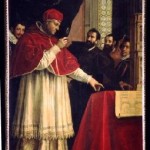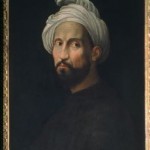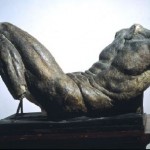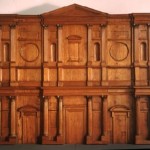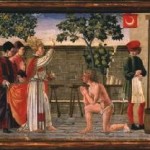A museum and a monument, a place of memory and a celebration of the genius of Michelangelo, set in a magnificent baroque setting where the family’s rich art collections are exhibited, the Casa Buonarroti is one of the most unique Florentine museums to visit.
To begin with, it provides the thrill of admiring two famous marble reliefs, masterpieces from Michelangelo’s early years, the “Madonna of the Stairs”, evidence of his intense passionate study of Donatello, and the “Battle of the Centaurs,” an eloquent sign of his never-fading love for classical art.
Yet no less significant for those walking through the main door of the 17th-century palace at Via Ghibellina, 70, in Florence, is the connection of Michelangelo’s works to the Buonarroti family’s centuries-old history, endeavored to expand the dwelling, to embellish it, to preserve there a valuable cultural heritage (including the major Archives and the Library), by assembling rare collections of art: paintings, sculptures, ceramics, archaeological finds that are now arranged over the museum’s two floors.
A specially equipped room displays, on a rotating basis, selected small groups from the Collection of autographic drawings by Michelangelo which belong to the museum and consists of two hundred priceless sheets. The meaning of the Casa Buonarroti is not limited, however, to a celebration of such an exceptional figure as that of Michelangelo, although this museum has and exhibits works and documents about him that have been enriched by donations to the family’s patrimony and by pieces on loan from Florentine museums.




